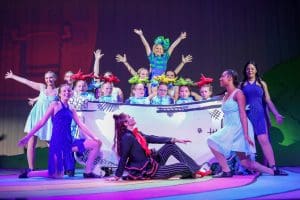
Dickinson ISD’s Seussical Steals the Stage
Gator students filled the seats at Dickinson ISD’s High School to see the theatre department’s performance of Seussical. Talented K-12 students lit up the stage,

* Campaign (Go Public)

Find Texas Schools and Independent School Districts
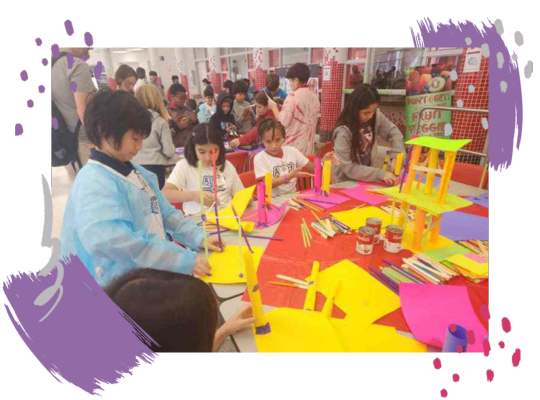
Alief ISD students practice STEM skills after school.
According to the National Afterschool Association, afterschool programs focus on a variety of areas including mentoring, academic support, arts, youth development, and sports and recreation. For many families, outside of school hours (OST or Out-of-School Time) activities are in high demand and in limited supply. Afterschool activities benefit students’ academic performance, classroom behavior, and overall health.
Afterschool programs range from Montessori-style, curiosity-based learning, to art, athletics, and language immersion. General homework help, as well as math tutors or English tutoring programs, are sometimes offered. Latchkey kids benefit from afterschool programs where they might otherwise be at home alone. (A latch key kid is a term for those children that come home after school to an empty house due to parents working).
After school programs are often rooted in research. An Afterschool Alliance research study illustrates how parents see benefits for their children from afterschool programs including:
In addition, the Afterschool Alliance research shows that afterschool programs are a lifeline for working families.
Public school programs provide a supervised, safe environment for children of all ages. Many programs are available on campus, and some will provide transportation to a facility outside of the school like the YMCA or KinderCare. Contact your local neighborhood public school to learn what campus and offsite programs are offered.
The CCLC plan is a federal program that offers opportunities for local communities to establish and expand afterschool activities. Efforts are vital to provide students at low performing schools easy access to tutoring, academic enrichment, and other helpful educational activities.
The CCLC plan enables parents and caregivers to engage in their child’s education, as well as opportunities to enroll in adult literacy classes.
The Afterschool Alliance overview on the outcomes of 21st Century Community Learning Centers include:
Parents and caregivers searching for afterschool programs can start with their local public school. Many provide on-site programs with licensed providers like the YMCA. Schools have the flexibility of using multiple spaces like classrooms, cafeterias, gyms, playgrounds, and fields to accommodate program activities. Afterschool snacks can be served through the federally funded, USDA National School Lunch Program. After school snacks adhere to federal nutrition standards, and they are sometimes offered for free upon eligibility. Examples of afterschool program activities include:
The assurance that children are safe, thriving, and receiving academic and social support is one of the many benefits of afterschool programs.

Gator students filled the seats at Dickinson ISD’s High School to see the theatre department’s performance of Seussical. Talented K-12 students lit up the stage,
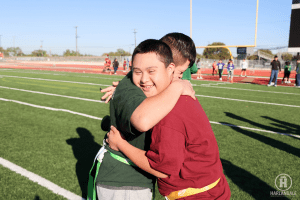
Gratitude to the Harlandale ISD Special Education Department for fostering inclusivity through a spirited Special Olympics flag football game, uniting middle school students in friendly
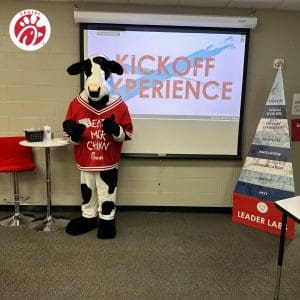
Huffman ISD paired up with Chick-Fil-A Crosby to be a part of the nationwide program Chick-Fil-A Leader Academy. This year-long afterschool program helps high school
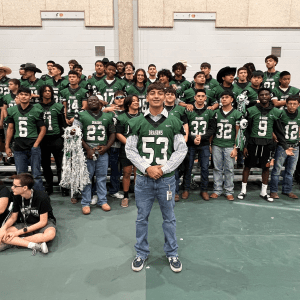
Southwest ISD is full of amazing Seniors and a few from Southwest High School have been highlighted to share their experiences and achievements! First up
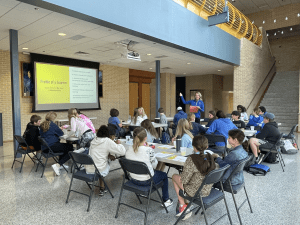
Fostering Future Leaders with Compassion: The inaugural meeting of Alamo Heights ISD Superintendent’s Student Advisory Council marked the beginning of an exciting year for this
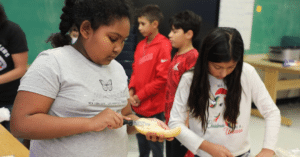
South San Antonio ISD’s culinary club are putting their aprons back on and are ready to cook up a storm. The Kindred Elementary, Culinary Tigers,
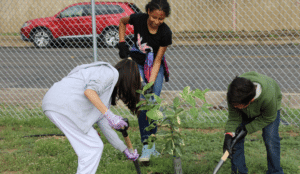
South San Antonio ISD celebrates the opening of their new sustainable community garden. The students of Madla Elementary held a ribbon cutting ceremony to celebrate
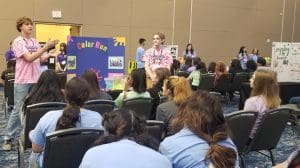
Brazoswood High School, from Brazosport ISD, has achieved significant recognition from the Texas Association of Student Councils (TASC) by being awarded the prestigious Sweepstakes distinction.
© Copyright 2023 – We Go Public – All Rights Reserved

If you want to take advantage of this benefit or learn more about how a membership can help your organization please click the button below.